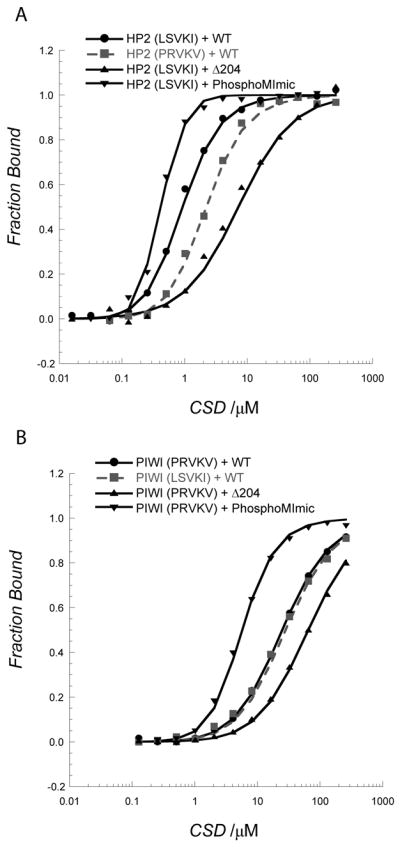Figure 6. The CTE and phosphorylation of HP1a contribute to affinity; variation in the binding pentapeptide is not a major factor.

A. Swapping the pentamer sequence of PIWI into the HP2 peptide results in a 3-fold weakening of binding; in contrast, removing the last three residues in HP1a-CSD (the CTE) reduces binding 16-fold. Phosphomimic charges on the CSD at positions S199 and S202 result in a 7-fold enhancement in binding the HP2 peptide, with increased cooperativity. B. A similar situation is found in PIWI, although more subtle. Adding the HP2 pentamer sequence to the PIWI peptide does not change its affinity for HP1a-CSD. Clipping off the last three residues in the CSD results in a 3 fold weakening of binding. The phosphorylation mimic enhances binding 12-fold.
